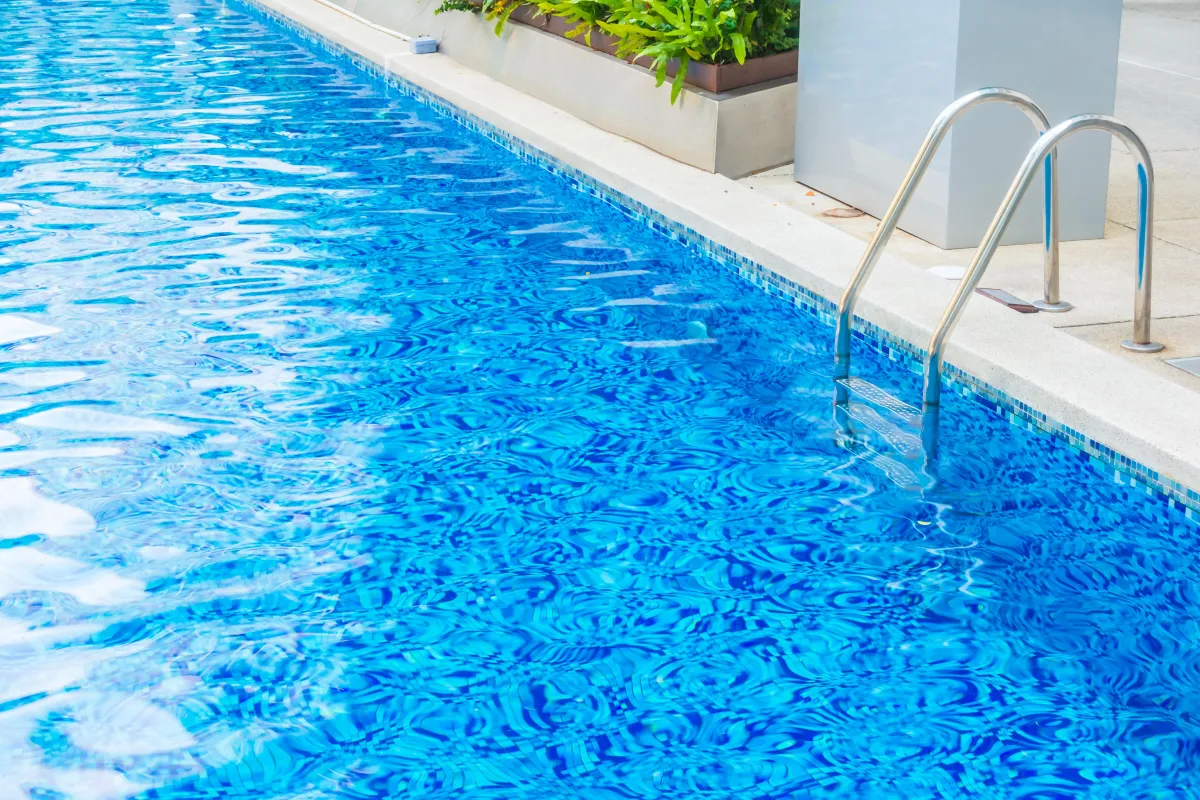
Top 5 Energy-Saving Features for Your Next Pool or Spa
Introduction
Utility bills can spiral quickly when you add a pool or spa to your backyard—especially in Utah, where winters demand extra heating and summers push your system hard. But choosing the right energy-saving features up front can make a world of difference in long-term costs and performance.
In this post, we’ll cover the top five energy-efficient features you should look for when selecting a pool or spa. You’ll also see how these features matter in Utah’s climate and how to spot them in real models. Let’s make sure your next investment is smart for your pocket and the planet.
Why Energy Efficiency Matters in Utah
Utah’s climate is a mix of hot summers, freezing winters, and occasional wind and UV exposure. That means:
You’ll spend a lot to heat water in winter unless the system is well insulated
Evaporation and heat loss are significant energy drains
Pumps and filtration systems run more often, driving electricity use
Poor design or features can lead to oversized utility bills or system stress
An energy-efficient pool or spa mitigates those risks while giving you a more comfortable and reliable experience.
Before we dive into the features, keep in mind: the best energy savings come from combining multiple features, not just one “magic bullet.”
Top 5 Energy-Saving Features to Look For
Here are five features that truly move the needle when it comes to energy savings:
1. High-Performance Insulation & Shell Design
A well-insulated shell prevents heat escape and reduces heater workload. Some models use full-foam insulation, Scandinavian triple-layer insulation, or insulated panels behind the shell. These keep your water warmer with less energy.
Because Utah has freezing nights, robust insulation is especially important to avoid heat loss through the shell and plumbing.
2. Variable-Speed / Efficient Pumps & Circulation
Older single-speed pumps run full bore whether you need it or not. Variable-speed pumps adjust flow to demand, using far less electricity for filtration or circulation tasks. Spa and swim spa dealers often promote them as a key energy-saving upgrade. (turn0search1)
3. Smart Heating & Control Systems
Look for heaters that modulate (rather than just on/off), smart thermostat control, scheduling, and remote or automated energy logic. These capabilities let your system only use energy when needed.
4. Quality Covers, Seals & Evaporation Control
Much of heat loss happens through evaporation. A high-R-value cover, tight seals, insulated lid systems, and good gaskets go a long way in reducing losses. Some spa standards show covers can cut heating costs dramatically. (turn0search10)
Also, proper sealing around access panels or plumbing entries keeps drafts and heat leaks out.
5. LED Lighting, Efficient Filtration & Water Management
LED lighting uses a small fraction of the energy of traditional bulbs
Bigger or better filters reduce pump load because the water flows more freely
Smart or efficient sanitation / water treatment systems reduce the need for over-pumping or constant chemical circulation
Combined, these systems help minimize wasted power while keeping spa or pool conditions top quality.
How to Evaluate & Prioritize These Features
To choose wisely, follow this decision guide:
Set your baseline budget and long-term cost target. Don’t just focus on upfront cost—calculate lifetime energy use.
Start with insulation and pumps. These two often produce the biggest returns in savings.
Ensure your heater and controls support modulation or logic. If the heater is basic on/off, you lose much of the efficiency benefit.
Check covers and sealing details. Even premium equipment is wasted if heat escapes.
Evaluate lighting, filters, and water systems last. They are less dramatic in savings but still additive.
Ask for projected energy usage. Dealers should show you estimates comparing base vs premium (efficient) models.
Match your climate. Make sure the features are rated for freeze protection and heat loss appropriate to your Utah winter conditions.
FAQs
What kind of savings can I expect with these features?
Depending on usage and design, combining these features can reduce energy costs by 20–50% versus a minimally equipped pool or spa.
Are variable-speed pumps really worth the extra cost?
Yes — over time, the energy saved often pays back the cost differential, especially in high-usage environments.
Do covers make that much difference?
Absolutely — evaporation is a major heat loss pathway, and a good insulated cover can dramatically cut that loss.
Will smart controls work in cold weather?
Yes, if they’re engineered for it. Look for controls rated for low temperatures and freeze prevention logic.
Can these energy features protect my system in winter?
They help, but winter protection also requires freeze-protection systems, proper insulation, and careful planning for cold nights.
Conclusion
If you're building or upgrading a pool or spa in Utah, don’t let energy costs become a hidden pain. By prioritizing features like insulation, variable-speed pumps, smart heating, quality covers, and efficient lighting/filtration, you can dramatically reduce your long-term energy bills.
When you're ready to explore models that include these features—or want help comparing efficiency options for Orem, Provo, or Utah County—let’s talk. We can walk through side-by-side comparisons and help you land on a “next-level but efficient” system that suits your home and lifestyle.